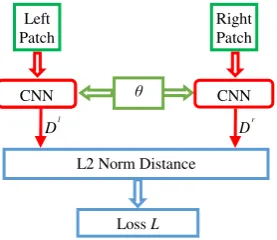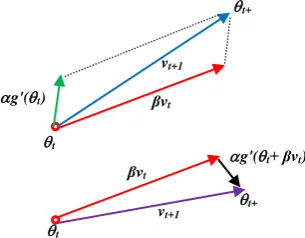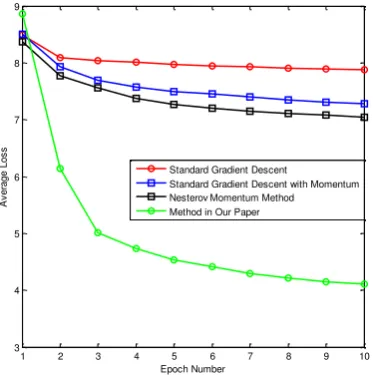isprs annals III 3 11 2016
Teks penuh
Gambar




Garis besar
Dokumen terkait
Then four consecutive procedures are conducted on those point clouds, which are voxelization, dimension analysis, clustering similar voxel cells and constructing EGI features for
6.1.1 Estimating the Camera Parameters In a first experi- ment for all three different main lens focal lengths the plenoptic camera model was estimated based on the proposed
We utilized two quality measures: (i) quality of found matches, computed as the ratio of point pairs correctly matched by our method to the actually matching point pair count, and
In this paper we present a robust and efficient analytical pipeline for automatic urban scene classification based on point clouds from disparity maps, which is adapted to utilize
In contrast to these large photo collections, we focus on smaller image sets up to a few thousand images, but containing complex configurations comprising wide as well as weak
This paper introduces a new image-guided non-local dense matching algorithm that focuses on how to solve the following problems: 1) mitigating the influence of vertical parallax
Within this work three methods to solve the optimization task of bundle adjustment are discussed, namely the commonly used second order method based on Levenberg-Marquardt in two
(e) Results from the descriptor-based registration in the Las Vegas-night video dataset (f) zoom-in area ( e.g., with certain errors inside the red circles) Figure 5:
![Table 2. False positive rate [%] at 95% recall rate for the different methods being compared in this work using different](https://thumb-ap.123doks.com/thumbv2/123dok/3219369.1395076/7.595.58.286.525.633/table-false-positive-recall-different-methods-compared-different.webp)